Iona, a small island off the west coast of Scotland, was once home to a sacred monastery founded by St. Columba in the 6th century.
However, during the late 8th and early 9th centuries, Iona became a target for Viking raids.
The Vikings were known for their brutal attacks on monasteries and churches throughout Europe, and Iona was no exception.
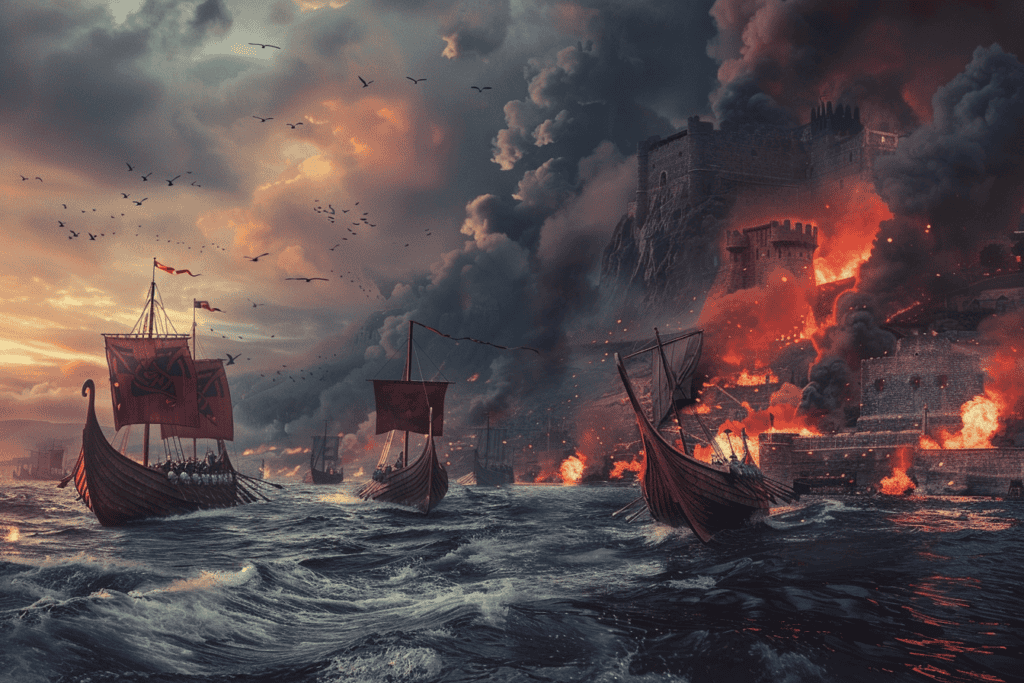
The Viking attacks on Iona began in 795 AD, with subsequent attacks in 802, 806, and 825. During the 806 attack, 68 monks were massacred in Martyrs’ Bay, and many of the surviving monks relocated to a new Abbey of Kells in Ireland.
The Vikings continued to raid Iona, and in 825, St. Blathmac and the remaining monks were martyred in another raid. These attacks marked the end of the monastery’s prominence and the beginning of a new era for Iona.
The Sack of Iona is a fascinating historical event that sheds light on the Viking raids and their impact on the British Isles.
It is a testament to the resilience of the human spirit in the face of adversity and the enduring legacy of a sacred site. This article will explore the events leading up to the Viking attacks, the raids themselves, and the aftermath of the Sack of Iona.
The Historical Context of Viking Raids
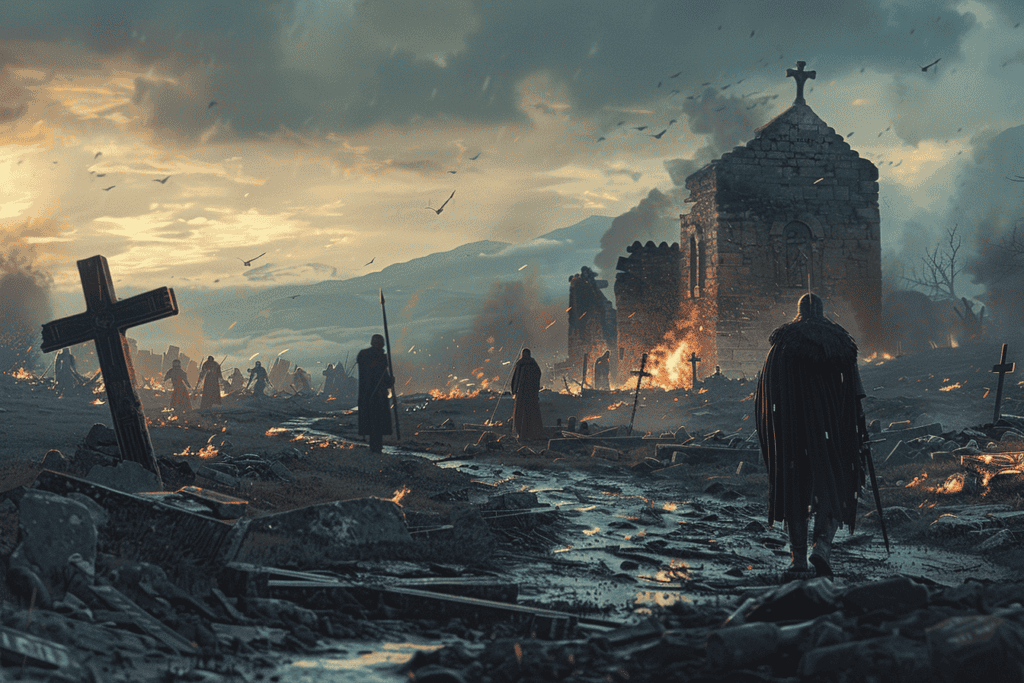
The Viking Age is generally regarded as the period between the late 8th century and the mid-11th century.
During this time, Scandinavian raiders, traders, and settlers made their way across much of Europe, from the British Isles to the Mediterranean. The Vikings were known for their seafaring skills, their fearsome reputation as warriors, and their distinctive culture and society.
Motives Behind the Raids
The motives behind the Viking raids are complex and multifaceted. Some historians argue that the Vikings were driven by a desire for wealth and plunder, while others suggest that they were seeking new lands to settle and farm. Still others point to social and political factors, such as overpopulation, internal conflict, and the need for expansion.
Whatever the reasons behind the Viking raids, their impact on the societies they encountered was significant.
The Vikings were not simply raiders and plunderers, but also traders, craftsmen, and settlers. They brought with them new ideas, technologies, and cultural practices, and left a lasting legacy on the regions they visited.
In the case of Iona, the Viking raids had a profound impact on the monastery and its community. The raids of 795 and subsequent years marked the beginning of a period of instability and conflict, which culminated in the devastating attack of 806.
The fall of Iona was a tragic event, but it also marked the beginning of a new era in Scottish history, as the Vikings and their culture became an integral part of the region’s identity.
Iona: A Center of Christian Learning
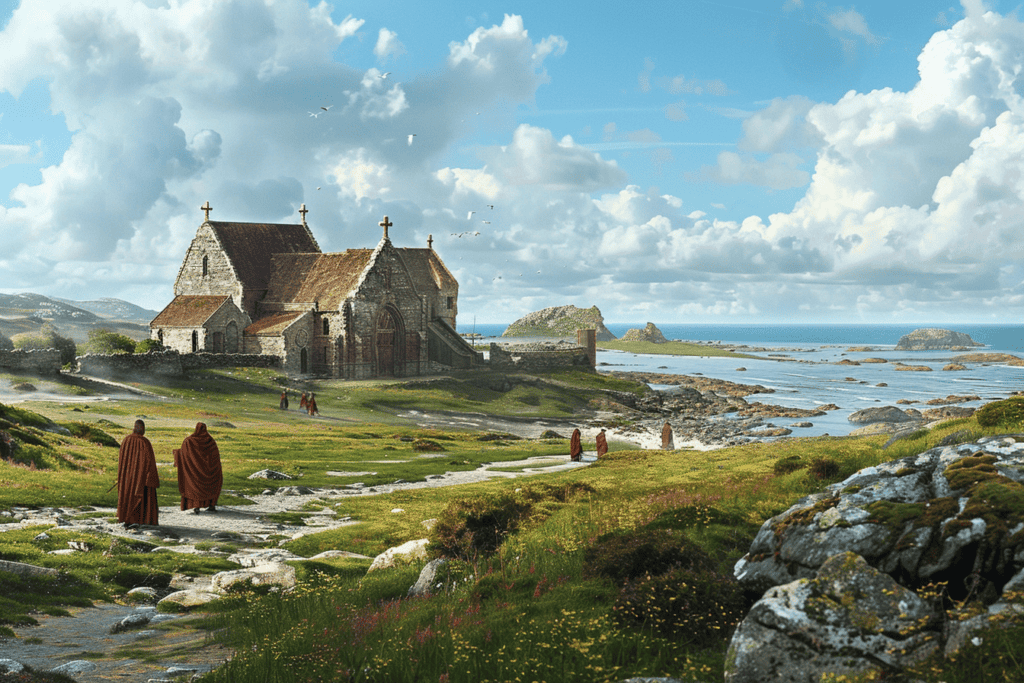
Iona Monastery was founded in 563 AD by an Irish monk named St. Columba, also known as Columcille.
The monastery was located on the small island of Iona, off the west coast of Scotland. The monastery was established as a center of Christian learning and became one of the most important religious centers in Europe during the early medieval period.
Cultural and Religious Significance
Iona Monastery became a significant cultural and religious center due to its strategic location and the reputation of its founder, St. Columba. The monastery was a center of learning and scholarship, and its monks produced many important works of literature, including illuminated manuscripts, such as the Book of Kells.
The monastery also played a significant role in the spread of Christianity throughout Scotland and beyond. The monks of Iona traveled throughout Scotland and established many other monasteries, which became centers of learning and culture in their own right.
The importance of Iona Monastery was not limited to Scotland, as it became a center of pilgrimage for Christians from all over Europe. The monastery was also a site of significant political and cultural events, such as the coronation of Scottish kings.
The Sack of Iona
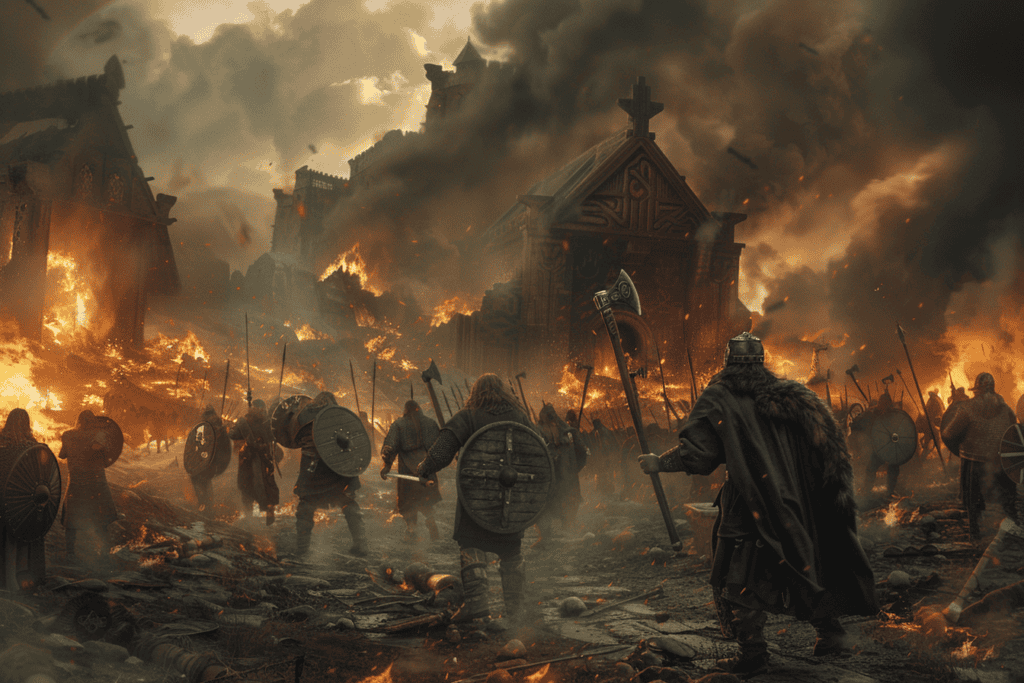
The island of Iona, located off the west coast of Scotland, was a sacred place for the early Christian church. Founded by St. Columba in 563 AD, it became a center of learning and pilgrimage, attracting scholars and religious leaders from all over Europe.
However, its peaceful existence was shattered by a series of Viking raids in the late 8th and early 9th centuries.
The First Attack in 795 AD
The first recorded Viking raid on Iona occurred in 795 AD. The monastery was caught off guard, and the Vikings were able to pillage and burn many of its buildings. The monks were horrified by the brutality of the attack, which seemed to them to be a sign of the end of the world.
The Vikings returned to Iona several times over the next decade, each time causing more devastation. They looted the monastery’s treasures, burned its libraries, and killed many of its inhabitants. The monks were forced to flee to the mainland, leaving Iona a desolate and ruined place.
Despite the destruction, the monks of Iona were determined to rebuild their monastery and continue their work. They returned to the island and began the long process of reconstruction. Over time, Iona regained its former glory, and became once again a center of learning and pilgrimage.
Legacy of the Raids on Iona

The Viking raids on Iona had a significant impact on the monastic practices of the time. The monks of Iona were forced to adapt to the changing circumstances brought on by the raids.
They began to fortify their monasteries with walls and ditches, and to arm themselves for defense. This was a significant departure from the traditional monastic practices of the time, which emphasized pacifism and non-violence.
The raids also had an impact on the religious practices of the monks. The Vikings were known for their brutality and violence, and the monks of Iona were forced to confront this reality.
They began to incorporate elements of Viking mythology and culture into their religious practices, in an attempt to understand and come to terms with the raids.
This resulted in a unique blend of Celtic and Viking religious practices, which can still be seen in the art and architecture of the time.
Iona’s Role in History Post-Raids
Despite the devastating impact of the Viking raids, Iona continued to play an important role in Scottish and Celtic history. The monastery was rebuilt and continued to serve as a center of learning and religious scholarship.
It was also an important pilgrimage site, attracting visitors from all over Europe.
In the centuries that followed the raids, Iona became a symbol of Scottish national identity and pride. It was seen as a place of great historical and cultural significance, and Scottish kings and nobles recognized its importance.
Today, Iona remains an important site for historians, archaeologists, and tourists alike, and its legacy continues to be felt throughout Scotland and Europe.

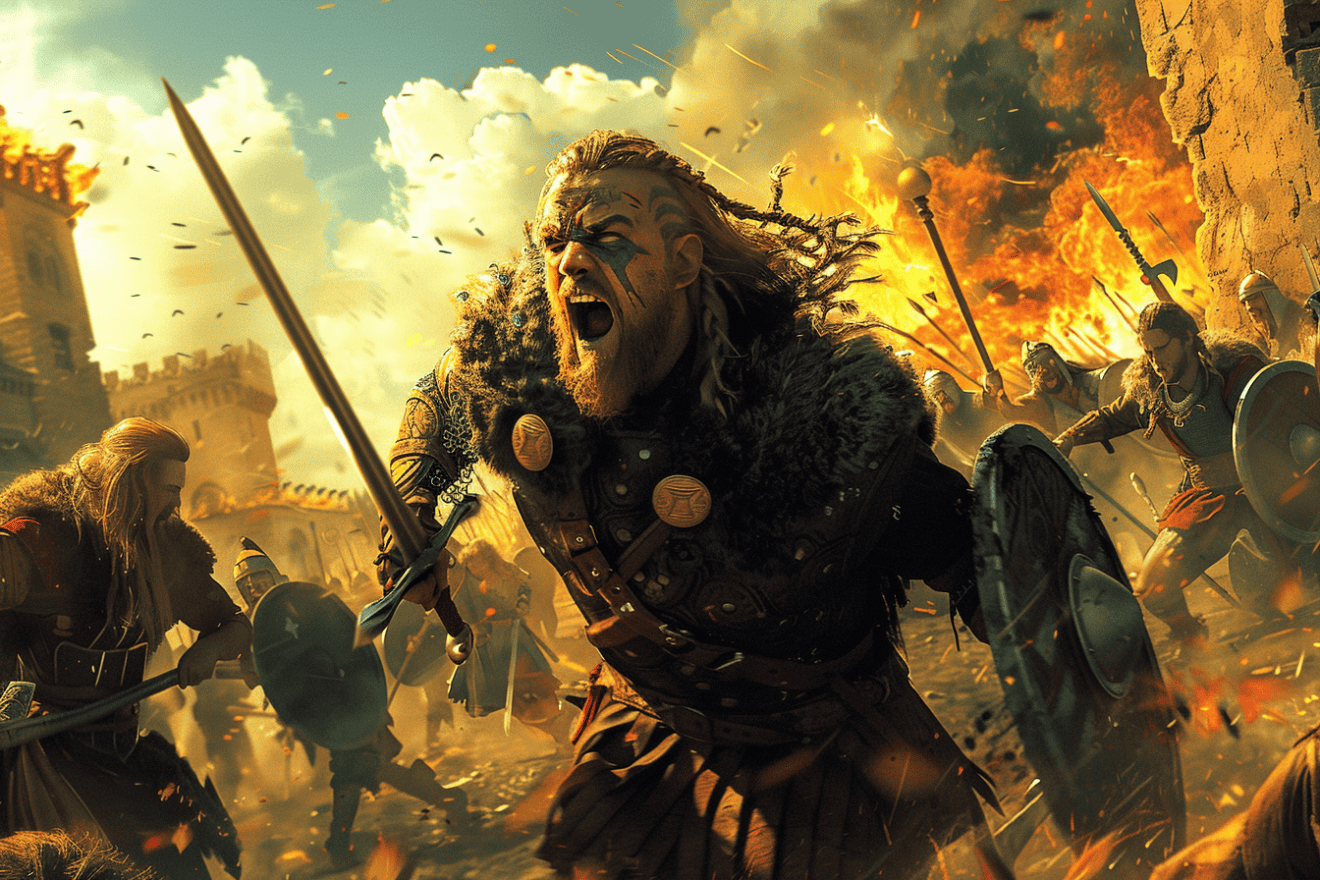

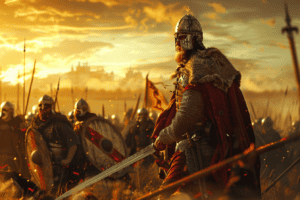






Add Comment